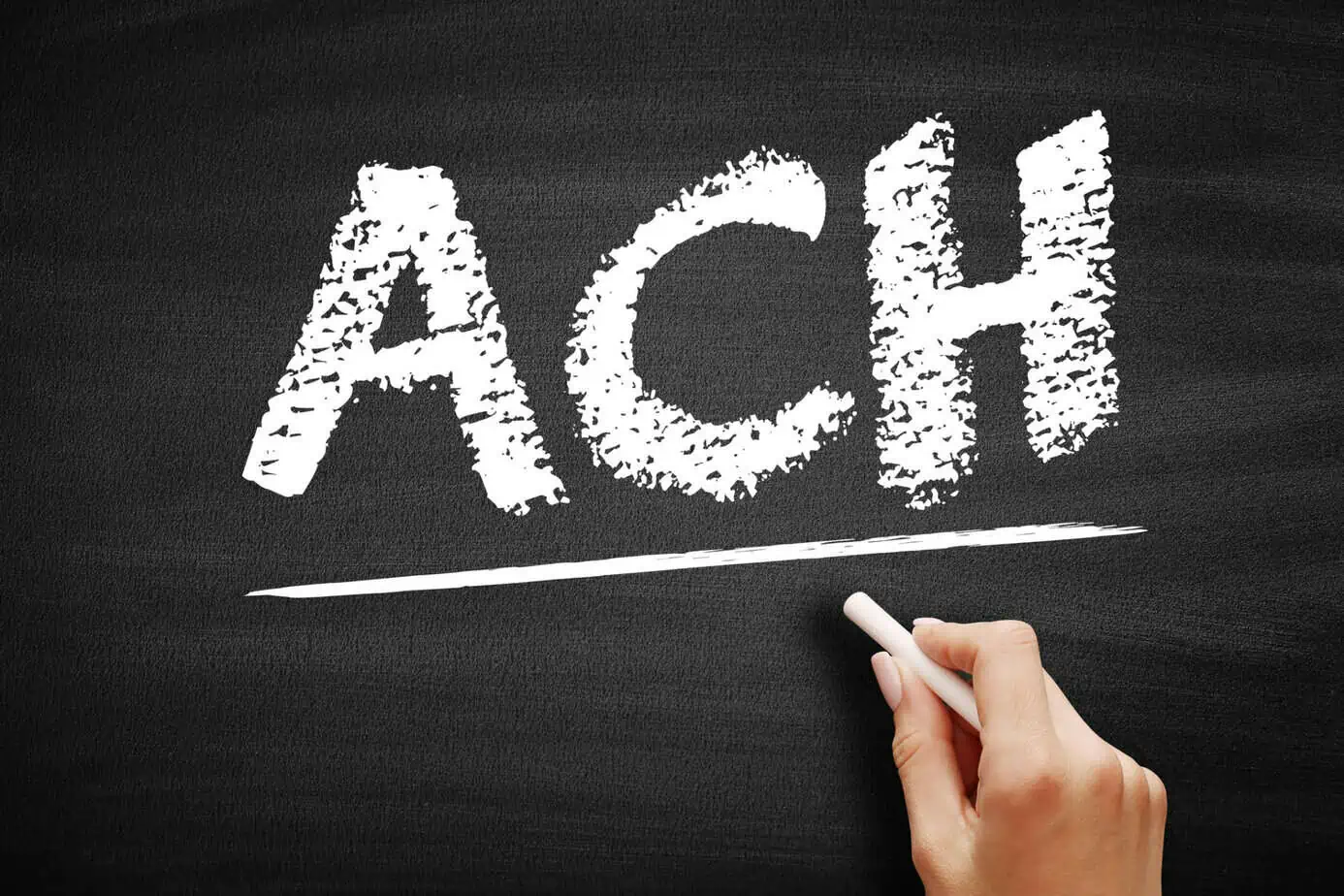Not many people are familiar with the term ACH. However, most people use it from time to time. ACH refers to the Automated Clearing House: a network that manages transactions between accounts from different banks and ensures that the transactions are safe. There are two different types of transactions that ACH handles, which are direct payments and direct deposits. An example of a direct payment can be a utility bill, and a direct deposit could be a paycheck.
ACH is not only used by individuals but also businesses. These can be used to pay vendors or to receive money.
Even so, have you ever used PayPal or Venmo? Well, if you did, you were using ACH too. Those apps fall in the category of direct payment; so, they use the ACH network.
However, you are here to know if you can stop an ACH payment, so here it goes. Yes, you can! But it would help if you took the appropriate precautions. This article will go through the steps you need to follow to either stop or reverse an ACH transaction.
Reversing an ACH Transaction
To reverse a transaction like this one, you will need to be eligible, and to be eligible; you have to be in any of the three situations we will describe. The first one is the wrong dollar amount. The second is a wrong account (you sent money to the wrong person or account). And the last one is a duplicate transaction. In this one, the biller mistakenly charged you twice for the service; for example, if you pay for a house monthly and charge you double what you are paying, they probably duplicated the bill. In that case, you can reverse the payment.
There are four steps you need to follow to reverse an ACH transaction. All of these steps must be followed for a successful reversion of the operation/payment.
Step 1: Identify the Error
If you fall into any of the situations explained above, you will need to report it to the originator, causing the problem. The originator could be either a person, a company, or whoever is charging you for the service or product. The ACH rules say that you need to contact the originator within five days of the payment for the request to be valid.
Step 2: Contact the Originator
Call them or contact them as fast as possible; only the ACH network can reverse the payment. Explain the situation to them and to your bank too. Since the originator is the only one able to fix the error, he will need to identify the mistake, and after that, it should not be a problem to deal with the reversal.
Step 3: Log it!
Save everything about the calls and emails you exchange with the other party since it will help in any confusion later in the process.
Step 4: Follow up
Usually, it takes around 3 to 5 days for the money to be back into your account, but you should be alert about this. If you don’t receive the money in time, call your bank and ask if the transaction is pending. If your bank does not see any reversal transaction, there must be an issue on the originator’s end. If this happens, call the originator, and let them know.
If you follow these four steps, you should not have issues getting your money back and having a safe transaction.
If you need to stop a transaction within this network, you will have to act quickly. The first thing you need to do is call either your bank or the originator. We have a set of steps you should take to deal with a situation like this one. In this case, there are five steps.
Stopping and ACH Payment
Step 1: Act fast!
These transactions are quick; there is no time to spare so track the ACH first. Then you need to call the debtor urgently and find out their rules. Each institution follows different rules to manage an ACH stop payment.
Step 2: Speak to a Representative
It is useless to talk with a robot (live chat, automated systems); you need to speak to a human being.
Step 3: Explanation of the situation
Once you get to talk with a representative, you will need to explain the situation and give details of why you need to stop the transaction. Ask for any assistance they can give you. If they cannot help you, ask if you can talk with a supervisor. Usually, a higher position can help you better and faster.
Step 4: Log it
As with reversals, you will need to log everything. This will help you in any scenario. You should note what you talked about over the phone alongside the date, time, and confirmation number.
Step 5: Give your Bank a Call
If your debtor can’t help you, call your bank. Explain the situation, and if you have a good track record, that might help you. Ask if you can waive some of the fees that come with the transaction.
Conclusion
ACH transactions could be a helpful tool in many cases, especially when you need to pay a friend or something like that. They are very helpful when used with apps like PayPal or Venmo, an easy way to send money quickly. Also, stopping or reversing them should not be a significant concern. As we have seen, it is doable.
You need to be on top of things and be able to follow all of your transactions. If you need to alter the transaction, remember to communicate with the other end and your bank, log everything that happens and act quickly. If you manage to follow all the steps above described, you should not have any issues dealing with the situation.

